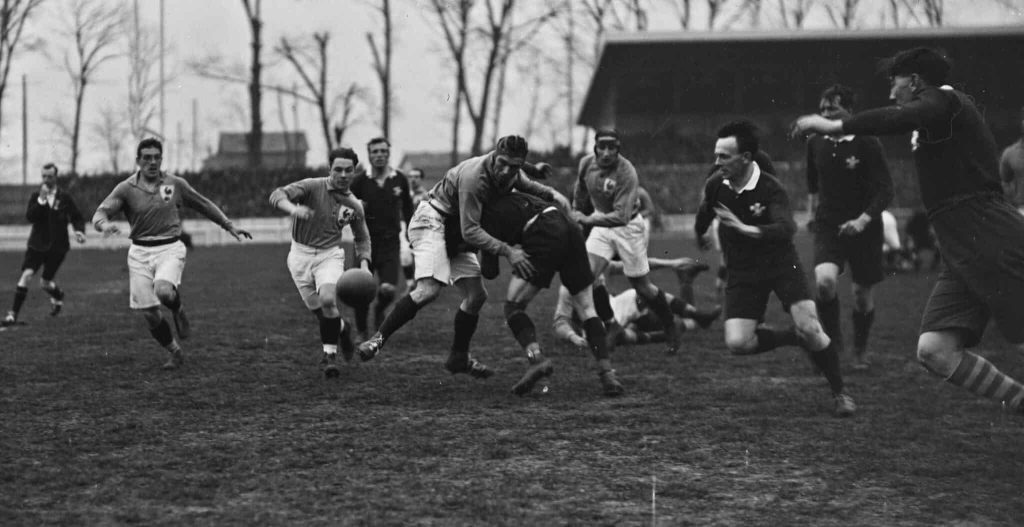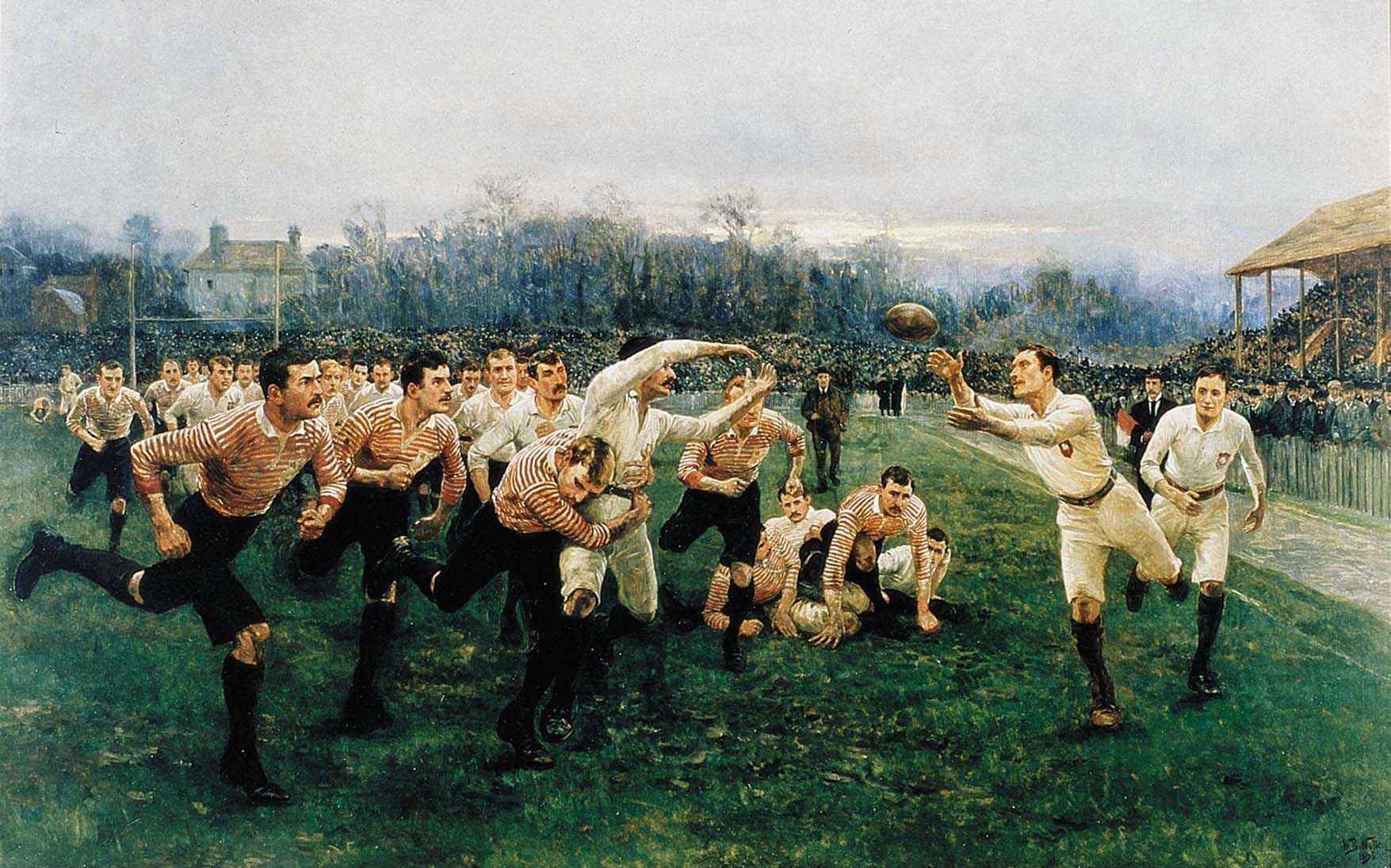Rugby is a sport that holds a cherished place in the hearts of millions around the world, yet it’s essentially two distinct games: Rugby Union and Rugby League. These variations share a common origin but have diverged in ways that reflect not just differences in rules but also cultural, social, and economic factors. This article delves into the history of how Rugby split into these two distinct forms and the critical milestones that marked their separate evolutions.
A Snapshot of Rugby’s Big Moments
| Year | Big Moments | Impact on Rugby |
|---|---|---|
| 1823 | William Webb Ellis picks up the ball | The mythical start of Rugby |
| 1871 | Formation of Rugby Football Union | Standardization of Rugby Union |
| 1895 | Formation of Northern Rugby Football | Birth of Rugby League |
| 1907 | First Rugby League tour | Globalization of League |
| 1954 | First Rugby League World Cup | Formal international contests |
| 1987 | First Rugby Union World Cup | Union’s international stage |
| 1995 | Rugby Union turns professional | Economic boost for Union |
The Early Days
Rugby Union traces its roots back to the early 19th century. The often-cited myth is that William Webb Ellis, a student at Rugby School in England, picked up the ball during a soccer game and ran with it, inadvertently inventing Rugby. While the story is probably apocryphal, it captures the essence of a game that evolved organically over the years.
The Great Schism of 1895
By the late 19th century, the sport had grown in popularity, but a critical issue began to cause a rift: compensation for players. Many players, primarily from Northern England, could not afford to take time off work to play or recover from injuries. They demanded ‘broken time’ payments as compensation, but the Rugby Football Union (RFU), focused on maintaining Rugby’s amateur status, rejected this.
This led to a breakaway movement and, ultimately, the formation of the Northern Rugby Football Union in 1895, which later became known simply as Rugby League.

Differences in Rules and Play
Initially, the rule differences between Union and League were minor, but over time, they diverged significantly. For example, Rugby Union teams have 15 players, and the game is more focused on possession and territory. Rugby League, on the other hand, features 13 players, and the game involves a set of six tackles to advance up the field.
The Cultural Divide
Rugby Union was considered the sport of the elite, primarily played in Southern England and prestigious schools. Rugby League became known as the working-class variant of the sport, particularly popular in Northern England. These cultural connotations have somewhat lessened today, but they played a significant role in shaping the initial identities of these games.
Globalization of Both Games
Rugby League saw its first international tour in 1907 when a team from Northern England visited Australia and New Zealand. The sport quickly caught on in these countries. Rugby Union, although older, had its first World Cup much later, in 1987. Today, both versions of the game have a global following but differ in regional popularity.
Turning Professional
While Rugby League was quick to embrace professionalism, Rugby Union remained staunchly amateur until as recently as 1995. This has had a long-lasting impact on both games, shaping their respective developments and audience demographics.
Read Also: The History of Baseball

